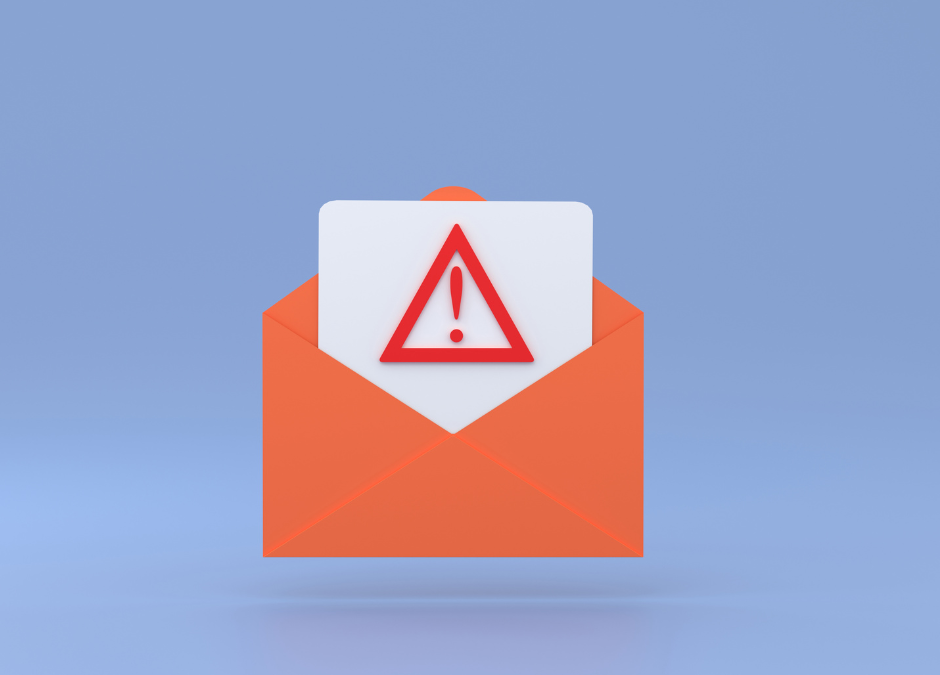Google’s spam filter algorithm is one of those examples of artificial intelligence that many people are perhaps familiar with, yet do not realize is actually an example of artificial intelligence.
It’s like when your navigation app updates in real-time to bad weather conditions on the road. AI is actively working, but people tend to take it for granted, seeing it merely as a technological example.
Maybe the A.I.-centered object lesson of this intro is that many of the examples of “technology” in our life are, yes, technology, but A.I.-based technology.
Bringing it back to the promised topic in this blog’s title, Google’s spam filter does, in fact, rely on AI for its power.
Google’s Spam-Fighting Efforts Go Way Back
We’ll go into more detail about how A.I. plays into the spam filter, but for now we’ll get into Google’s spam filter itself.
Google consistently enhances its spam filter, so the arrival of a new 2023 update isn’t surprising. Nevertheless, its expected nature doesn’t diminish its significance.
This latest spam update is far from insignificant, in fact.
What Impact Does a Spam Filter Have on SEO?
In a word, a strong spam filter means that it is going to be much more difficult to get content to rank.
You need to ensure that neither automated filters nor human reviewers label your content as “spam.”
If it does, or even if it just has some few qualities reminiscent of spam, then your content will not rank well. If your content doesn’t rank well, you are much less likely to catch the attention of Google searchers.
Some of these searchers, after all, may be potential or even existing customers of your business. If spammy SEO efforts threaten your online presence, they will weaken your ability to generate online leads.
You can learn about the relevant how’s and why’s of this issue below.
What to Know About the 2023 Spam Update
Here are some of the key takeaways of this month’s (i.e., October 2023’s) Google spam filter update:
Cracking down on content that seems more promotional than informative. (Notice how we’re not trying to sell you anything—not directly, at least—in this blog?)
Filtering out content that seems less substantial. You need trustworthy links. For instance, in an article about search engine spam it would be helpful to link to an authoritative and trustworthy Google help page about detecting spam.
Obviously automated content
Over-reliance on quotes from other articles
False claims
Why Google Is Dedicated to Fighting Spam
Think of it this way: If the search engine results pages (SERPs) of Google were littered with spam, then users would simply flock to Bing.
I mean, seriously, imagine that for a second: billions of people using Bing because Google’s results page is a landfill of junk mail.
Basically, the motivating force is customer retention by making Google’s offerings more trustworthy.
It’s sort of a branding thing, if you consider the spam-fighting efforts from a PR perspective. Google wants to create and maintain the image that it is a trustworthy platform for searchers.
One of the ways it does this is by first understanding what type of content some people would perceive as spam.
Think about it: Is it really fair to label as “spam” a blog that is basically advertising a vacuum that is made by a company that publishes that blog?
The blog may seem “promotional” in character, but what if every claim in there was 100% supportable by evidence in cited reports detailing reproducible experiments of the company’s Research and Development team.
Is this still spam? Most of us would say no, it is simply a business showing how effective its own product is. But to Google’s filter, the promotional character of the blog will make it seem spammy, which will hurt its ranking potential.
It would be ideal if the human reviewers catch this and deem it not-junk, but that would basically be gambling. Instead, you will want to stick to a more sure strategy for SEO.
As a business owner, this is of course frustrating, and we feel for you. But the fact of the matter is that your content is going to need to be of a more informational character for it to have a good shot of ranking well.
How Google’s Spam Filter Is an Example of A.I.
Basically, Google’s spam filter is A.I. because it is an automated platform that makes predictions about data, i.e., all the content posted online.
By combing through this data set, the automated spam filter independently reviews the content using Natural Language Processing (NLP) technology, which enables A.I. to understand human languages like English.
The spam filter is trained to detect certain patterns in writing that could be linked to spam giveaways like promotional language (think of some examples for yourself; if we write them out here we may run the risk of getting labeled spam, which we don’t think would help either of us.)
Because of Google’s reliance on automated spam filters for doing the bulk of its filtering, it is best to make content that has the qualities of E.E.A.T.: Experience, expertise, authority, and trustworthiness.
GO AI Articles
Guardian Owl Digital is dedicated to helping businesses everywhere learn about and implement A.I.
For continuing your AI education and keeping up with the latest in the world of AI, check out our AI blog:
New Year, New AI: Here Are the Biggest Trends in AI Coming in 2023
How AI Could Have Helped Southwest Avoid Its Holiday Disaster
IBM Watson vs. Microsoft’s ChatGPT: The AI Chat Matchup of the Century
AI on the Stand: Explaining the Lawsuit Against the Microsoft Automated Coder
AI and You: What Determines Your AI Recommendations in 2023?
How AI Could Have Foreseen the Crypto Crash—(It Already Analyzes Exchange Markets)
Google’s Response to ChatGPT: What the Tech Giant Is Doing to Improve Its Own AI Efforts


Recent Comments